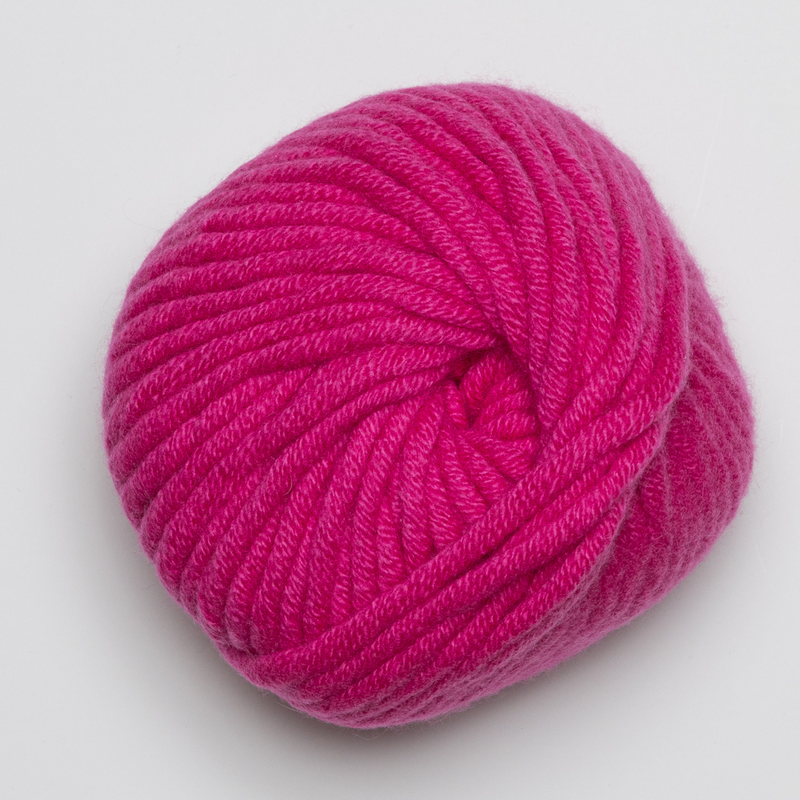What Material Is Cashmere? Understanding Its Unique Characteristics and Uses
What Material Is Cashmere? Understanding Its Unique Characteristics and Uses
Blog Article
Exploring the Numerous Sorts Of Cashmere an All-natural Fiber for Ultimate High-end
Cashmere, an all-natural fiber, is frequently associated with high-end and convenience. Not all cashmere is produced equal. From the richly soft Mongolian selection to the lightweight heat of Indian Pashmina, each kind offers its own unique functions and attraction. The a lot more cost effective Chinese cashmere, the conventional Scottish variant, and the premium Italian blend, all tell a different tale of this exceptional fiber. As we unwind the globe of cashmere, a deeper understanding of its true value and elegance starts to arise.
Comprehending the Extravagant Nature of Cashmere
Cashmere, commonly linked with deluxe and convenience, holds an one-of-a-kind allure in the world of natural fibers. Unlike various other all-natural fibers, cashmere combines insulation with breathability, offering unequaled convenience across differing temperatures. Its glossy surface and soft structure contribute to its premium allure, warranting the premium price that typically comes with cashmere garments.
Just What Is Cashmere and Where Does It Come From?

Provided these phenomenal high qualities, one might ask yourself regarding the beginning and make-up of this lavish fiber. Cashmere is originated from the soft undercoat of cashmere goats, mostly discovered in Mongolia, China, Iran, and Afghanistan - is cashmere a natural fiber. These goats are adjusted to extreme weather problems, creating an incredibly fine, soft underfur as a defense versus the bitter cold. This underfur, or undercoat, is what is collected for cashmere. Each spring, when the goats normally shed their winter coat, farmers brush out the great underhair, leaving the coarser hair behind. This thorough process adds to the shortage and high expense of cashmere. With its beginning in the rough landscapes of Asia, cashmere is a testament to nature's capacity to produce luxury from hardship.
Translating the Different Sorts Of Cashmere
Comprehending the different types of cashmere is key to valuing the top quality and distinct features of this extravagant fabric. Typically, cashmere is classified you could try this out into 3 types: raw, virgin, and reused. Translating these kinds is the first action in recognizing the exclusivity and worth of cashmere.

The Distinct Qualities of Each Kind of Cashmere
Having explored the various categories of cashmere, it comes to be apparent that each kind flaunts its special collection of attributes. Mongolian cashmere, for instance, is renowned for its superior high quality, due to Mongolia's extreme winters that produce longer and finer fibers. On the other hand, Chinese cashmere is commonly more affordable, though its shorter fibers can minimize longevity.
Why Cashmere Is the Embodiment of High-end in vogue
Cashmere holds a well-regarded position in the world of style, regarded as an icon of luxury and refinement (is cashmere a natural fiber). Cashmere is derived from the great undercoat of Himalayan goats, known for their remarkable top quality fiber. Cashmere's unrivaled comfort and resilience make it a sought-after product in the creation of high-end garments.
The Process of Making Cashmere: From Goat to Garment
The journey of cashmere, from being an undercoat of a Himalayan goat to a lavish garment, is an elaborate one. look at these guys With the arrival of spring, farmers in Mongolia and China accumulate the woollen by combing the goats, guaranteeing no damage is done. The acquired woollen is composed of crude outer hair and soft downy undercoat. This blend is then painstakingly divided, with just the soft down utilized for cashmere. This raw cashmere is washed, colored and rotated into thread. The yarn is after that woven or weaved into fabrics. The last step involves pressing and washing to provide the textile its particular softness and warmth. From goat to garment, each action is a testament to the skill, perseverance and artistry associated with crafting cashmere.

Conclusion
In verdict, cashmere, Discover More Here with its all-natural style and unparalleled comfort, rules supreme in the globe of luxury style. The diversity in types, ranging from the soft Mongolian, lightweight Indian Pashmina, cost effective Chinese, traditional Scottish, to the vibrant Italian, discloses the convenience of this natural fiber. The scrupulous procedure of transforming it from a goat to a garment even more contributes to its exclusivity, making cashmere the epitome of sophistication and luxury.
Cashmere, an all-natural fiber, is typically associated with high-end and convenience (is cashmere a natural fiber).Cashmere, frequently connected with luxury and comfort, holds an unique appeal in the globe of natural fibers. Unlike other all-natural fibers, cashmere combines insulation with breathability, supplying unrivaled comfort across varying temperatures. Cashmere is obtained from the soft undercoat of cashmere goats, mostly located in Mongolia, China, Iran, and Afghanistan. Cashmere is acquired from the great undercoat of Himalayan goats, recognized for their premium high quality fiber
Report this page